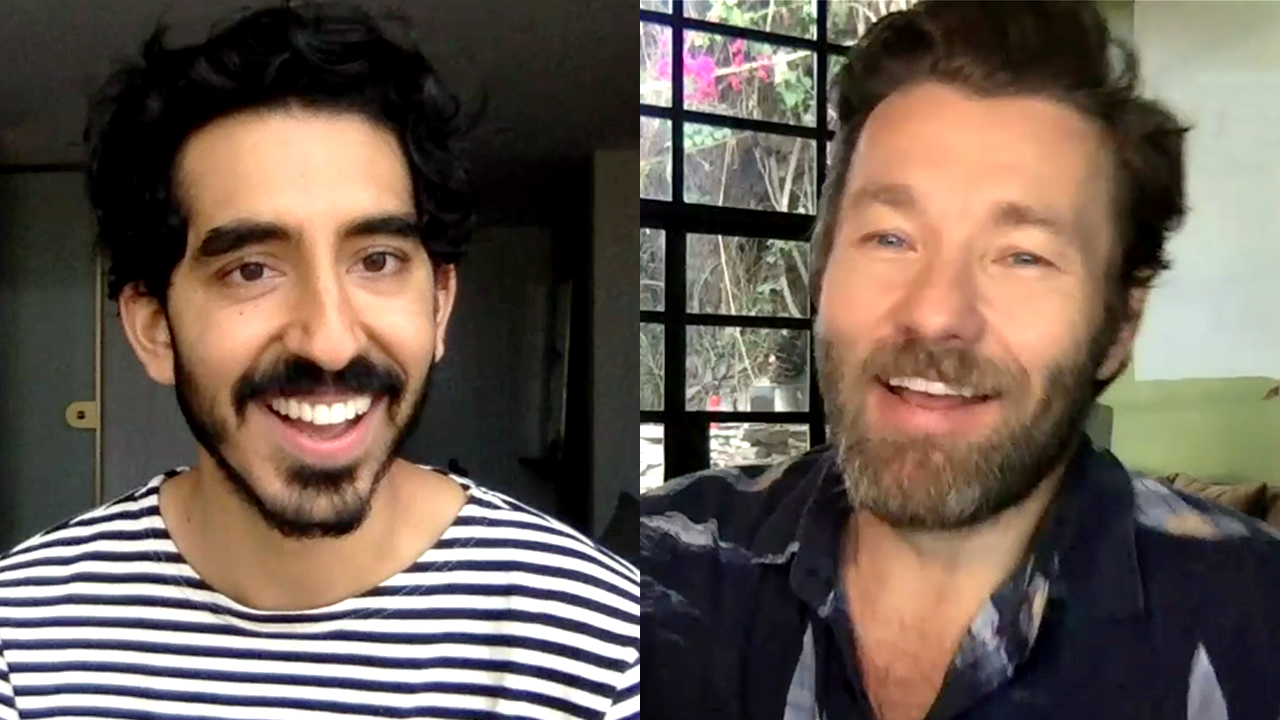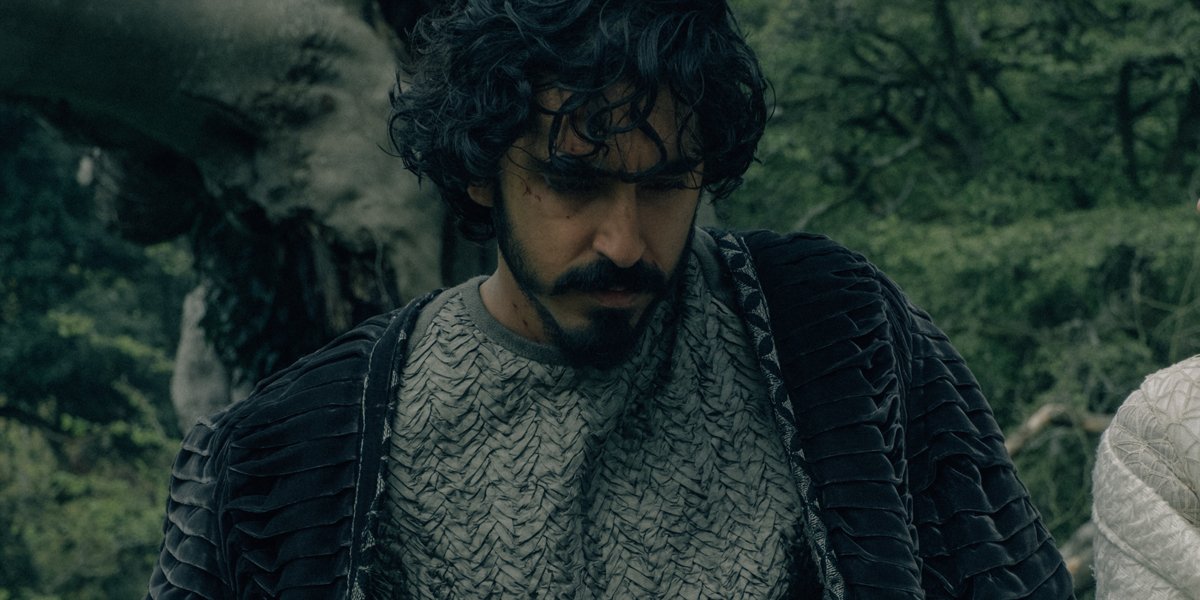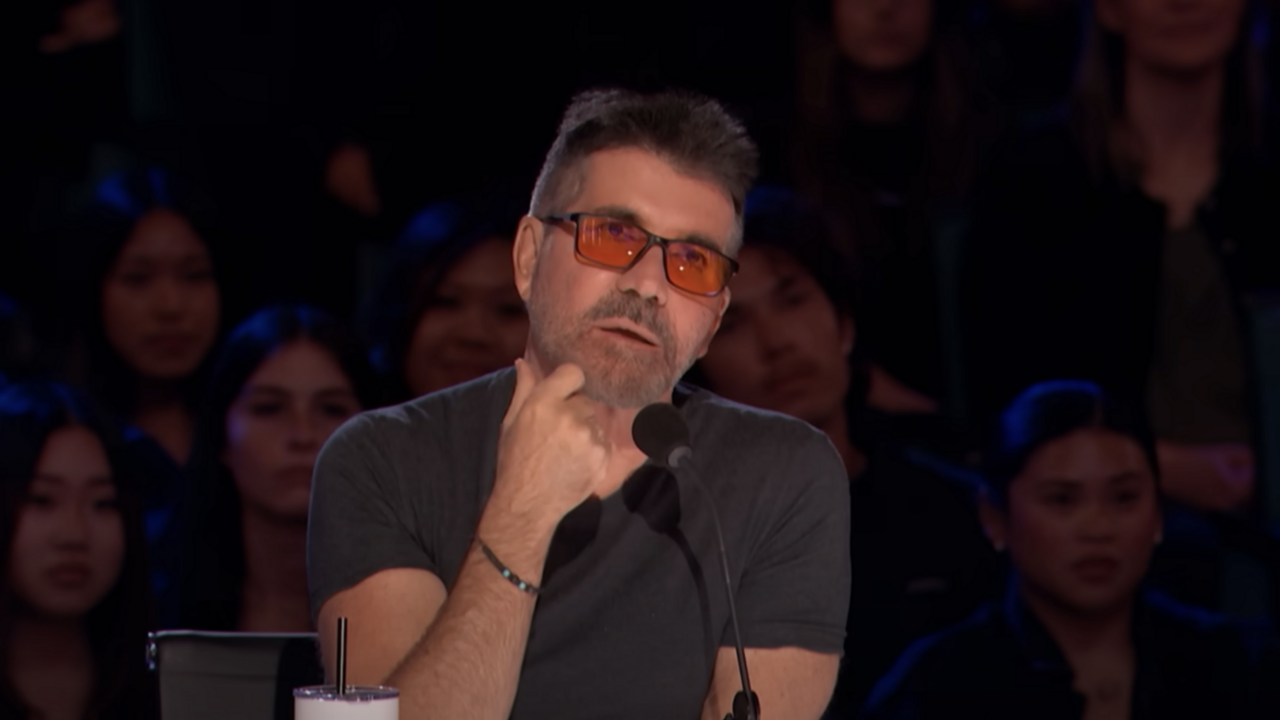The Green Knight Ending Explained: What Happens To Dev Patel’s Sir Gawain And What We Think It Means
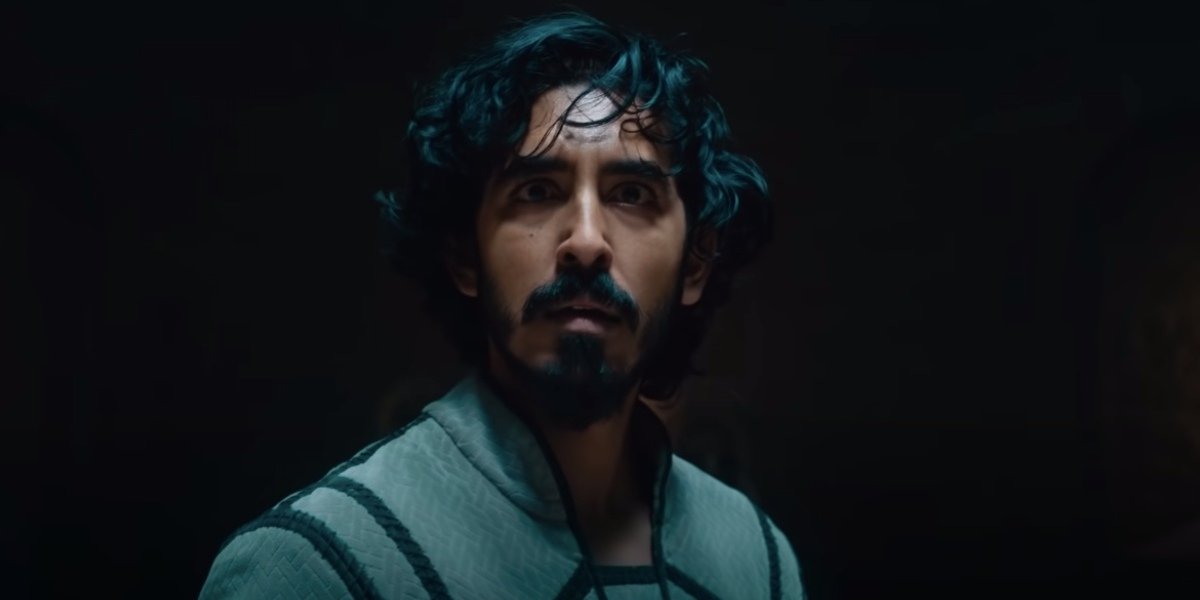
SPOILERS are ahead for The Green Knight. Meet us back here to crack open the details once you’ve seen A24’s latest.
You too may have thought The Green Knight might defy A24’s wild-ending reputation for a more straightforward adaptation of an Arthurian legend this time, yet here we are. Now that we’ve witnessed the long and treacherous journey with Dev Patel’s Sir Gawain, it’s time to pick ourselves up, screw our heads back on top of our shoulders and ponder The Green Knight ending.
David Lowery’s unique take on the 14th century poem has Dev Patel’s Sir Gawain going on a dark journey to meet The Green Knight one year after accepting a challenge in front of King Arthur and the Knights of the Round Table, that becomes deadly by Gawain’s swift head-slicing. Let’s talk through what goes down and what that ambiguous ending could mean.
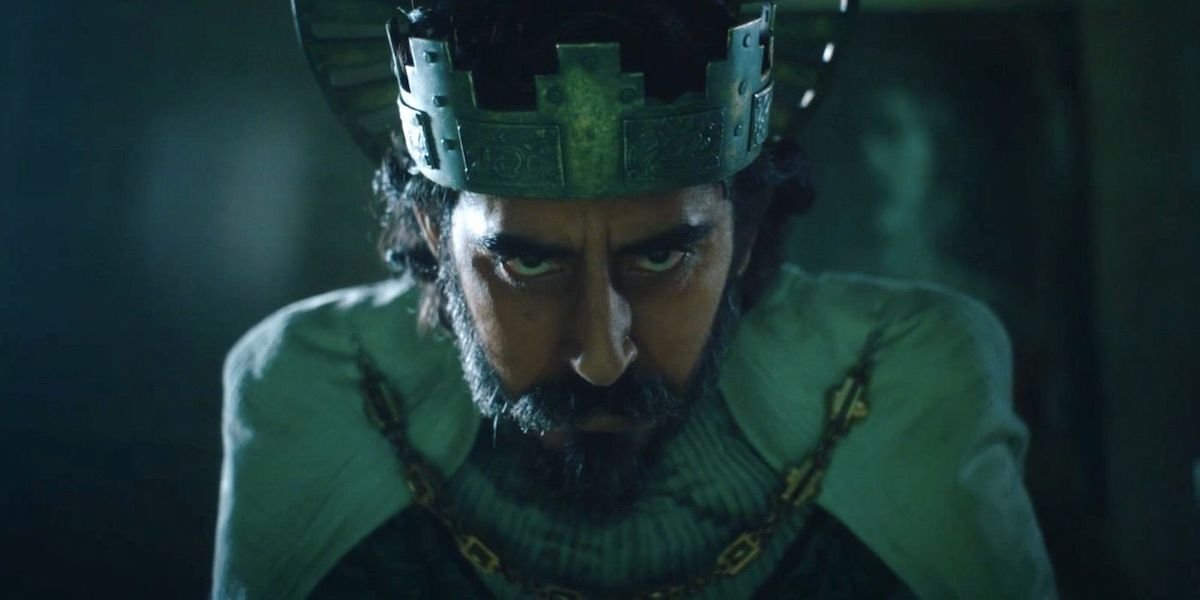
What Happens At The End Of The Green Knight
The Green Knight follows Sir Gawain (Dev Patel) on a quest to return the challenge set by The Green Knight one year prior. As the challenge states, the blow that a knight lands on the tree-like knight will need to be returned in his Green Chapel and will earn its challenger his magical green axe. However, since Sir Gawain decides to decapitate the Green Knight, the returned blow means his own beheading.
After an exhausting journey, Gawain comes across a Lord (Joel Edgerton), who offers to house him until his day comes on Christmas morning. It’s there where he rests, also in the company of his Lady (Alicia Vikander) and a blindfolded old woman. In his quarters, the Lady presents Gawain with a green girdle between some seduction. She claims she made it, yet it’s the same girdle made by his mother he lost earlier in the film. Apparently, as long as he wears the girdle no harm can come of him. And he wears it around his waist as he enters the Green Knight’s chapel, not before receiving a random kiss goodbye by the Lord.
When he enters the chapel, the Green Knight wants to complete the challenge by beheading Sir Gawain, but he flinches before the axe and does not want to die. Gawain decides to flee the challenge and return home to Camelot. Gawain becomes king, and his lover back home Essel (also Alicia Vikander) has his child but he abandons her to marry a noblewoman. The ending goes forward in time, seeing Gawain’s adult son dying in his arms during battle before his own family and kingdom against him, Gawain is beheaded as an old man alone in his castle.
But wait… then we learn this future was only a dream. We return to Gawain’s place below The Green Knight at the Green Chapel. Instead of running, Gawain takes off the green girdle and accepts his fate and The Green Knight then chops his head off.
Your Daily Blend of Entertainment News
Powered by RedCircle
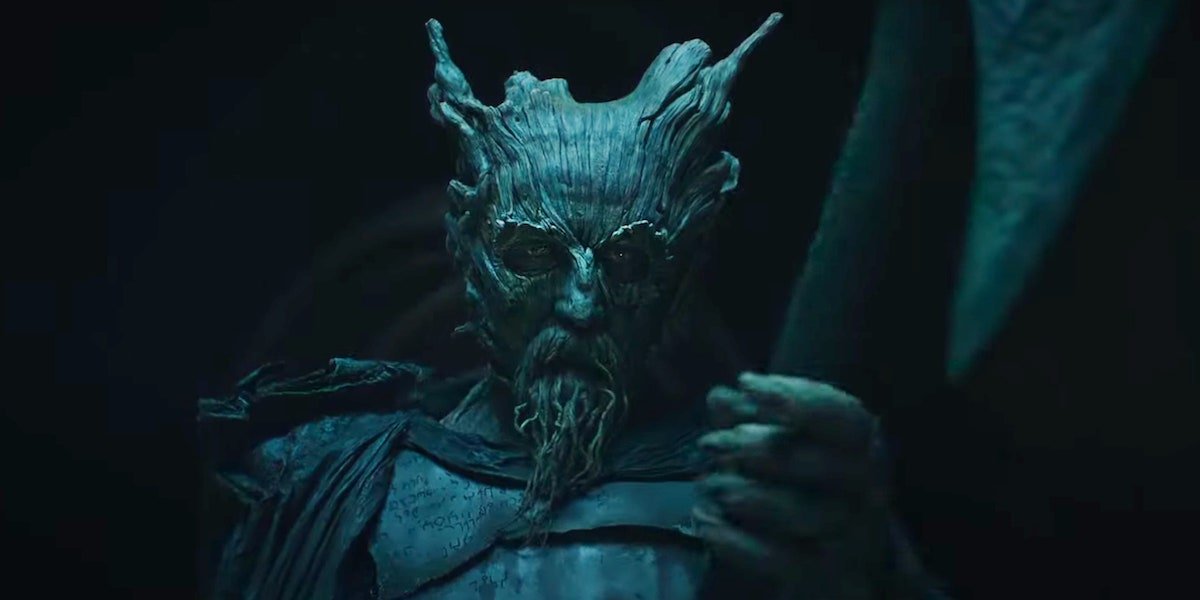
What Was The Green Knight’s Game?
So, Sir Gawain travels to the ends of the Earth and it leads to his death? That’s it? The pointlessness of his hero's errand kind of is the point though isn’t it? Dev Patel’s character wanted to prove he had a story to tell on the Knight’s round table, but he let his sword lead his actions instead of his brain when he decapitates The Green Knight at the beginning of the film. The challenge was not to offer the toughest blow, it was to land a single blow (anywhere!!) on the Green Knight to which he’d need to return a year later. Sir Gawain made the challenge tougher on himself and it ends in his own death.
The other layer to The Green Knight’s game is it seems to have been all orchestrated by his mother Morgan le Faye (played by Sarita Choudhury). As the Knight approaches the Round Table she can be seen crafting the spell with her associates in another location. Truthfully, the entire “game” seems to be one Morgan le Fay testing her son to become a man of honor or one of disgrace.
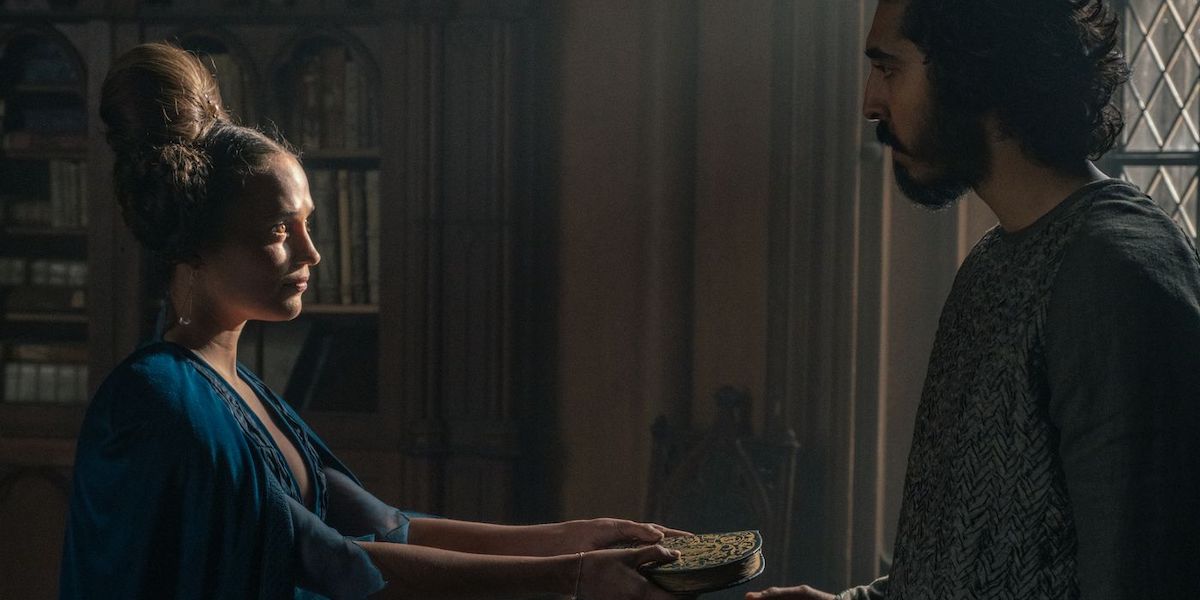
What Did The Original Arthurian Legend Mean?
To take Morgan le Fay's fool's errand for her son a step further, we can turn to the original Arthurian legend from the 14th century the movie is based on. In the text, Morgan le Faye straight up explains that it was her the whole time behind Sir Gawain’s journey at the very end of the story. In The Green Knight, it is presented in a more ambiguous manner.
In Arthurian tales, King Arthur and Morgan le Fay are always in opposition and creating The Green Knight gives the enchantress a way to commentate on the issues with the King’s men seen as “honorable”. The original story is one of tension between the Christian organization of the knighthood and the majestic world Morgan le Faye belongs to. And I believe each of the mystical figures Sir Gawain comes in contact with is Morgan le Faye further testing her son. The headless woman, the fox, the Lady and the Lord, they are all pawns that belong to the mysticism side of the world that are warning Sir Gawain against accepting the fate of an “honorable” knight.

The Green Knight Deromanticizes The Hero’s Journey
Outside of what The Green Knight means in the context of Arthurian Legend is its broader meaning to us as an audience as we see the narrative unfold. The Green Knight reads as quite an existentialist story about the inevitability of death and it being up to each of us to decide how we’d like to be when the axe metaphorically comes for us. We see when Sir Gawain goes after honor he ends up with a longer life full of material happiness in terms of having a wife, a crown on his head and an empire to call his own. But, it’s not a good life for him. Gawain decides the better way to go is to truly complete the challenge and fulfill the honor within himself.
At the same time, writer/director David Lowery is taking the idea of the hero’s journey and subverting it in a way that echoes the themes of The Green Knight. When we see often Arthurian legends and Knights going on epic quests depicted on film, it’s typically seen as exciting and fun. Sir Gawain’s is not. The whole movie is exhausting! The Green Knight is deromanticizing the idea of the hero’s journey because chasing after honor for others leads to the unhappy life we see in his dream.
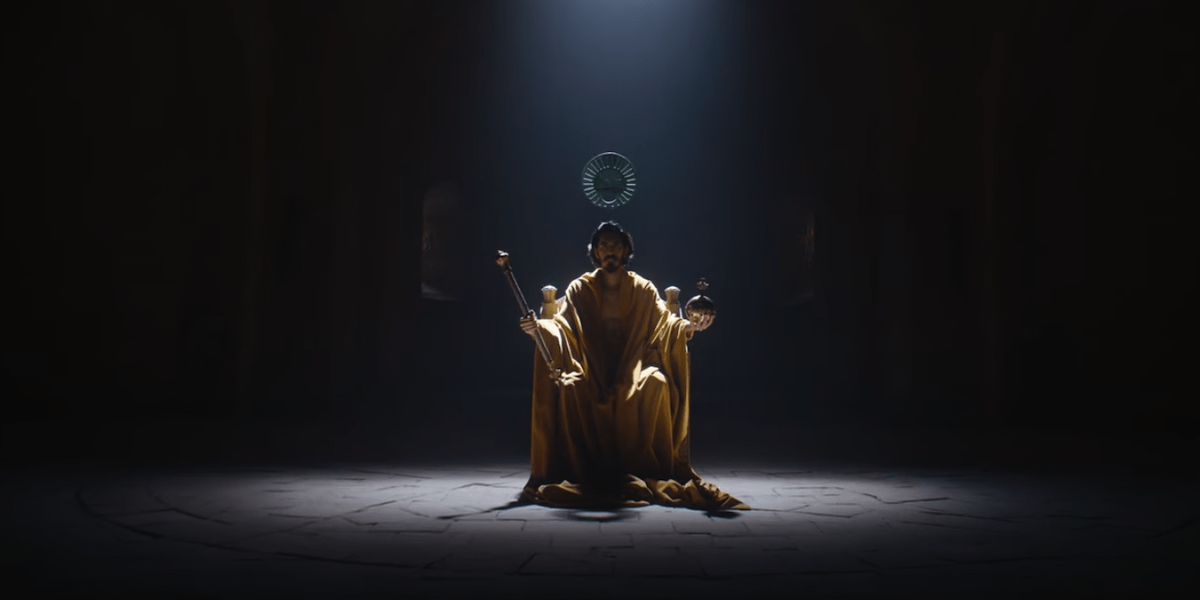
How The Writer/Director Explains The Green Knight Ending
To wrap things up, let’s turn to David Lowery’s own reading of The Green Knight ending. When speaking to USA Today, the writer/director shared his intentions with the conclusion:
My hope is that you leave with a smile on your face and the feeling that it is truly a happy ending. I wanted there to be a sense that this character has arrived at the place he needs to be in, regardless of what happens to him after the film cuts to black… but I didn't want to impose my own idea because it doesn't matter. He's going to die someday. Maybe he got his head chopped off in that moment. Maybe he dies of old age later in life. But he will die. We all die… What's important is that we know we are becoming the best we can be; that we are living our lives with goodness and integrity, with a sense of righteousness that is not defined by greatness or legacy, but by our own personal sense of worth.
So the truly aspiring hero’s journey is a man after his own self worth all along. What did you think about The Green Knight ending? Vote in our poll below.
This poll is no longer available.

Sarah El-Mahmoud has been with CinemaBlend since 2018 after graduating from Cal State Fullerton with a degree in Journalism. In college, she was the Managing Editor of the award-winning college paper, The Daily Titan, where she specialized in writing/editing long-form features, profiles and arts & entertainment coverage, including her first run-in with movie reporting, with a phone interview with Guillermo del Toro for Best Picture winner, The Shape of Water. Now she's into covering YA television and movies, and plenty of horror. Word webslinger. All her writing should be read in Sarah Connor’s Terminator 2 voice over.
